The eyes of the world have justly been turning to the dark and soggy peatland of East Anglia in the east of England, where the spectacularly well preserved remains of a Late Bronze Age settlement that was burnt down some time between 1000 BC and 800 BC are being excavated by the Cambridge Archaeological Unit (CAU). The site was first spotted by an archaeologist in 1999 at the edge of a brick-clay quarry near Peterborough, and a small-scale exploratory excavation in 2006 hinted that here was something special: finds, miraculously preserved in the airless waterlogged environment, included a hurriedly discarded bowl containing food, the spoon used to eat it still left in place. The CAU team returned in September 2015 to undertake a large-scale, eight-month excavation with financial support from Historic England and quarry owner Forterra, and what they are finding is surpassing all expectations.
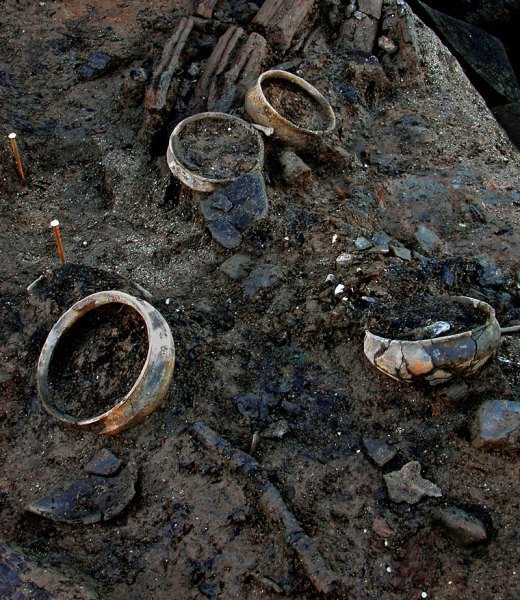
Photo: Cambridge Archaeological Unit (CAU)
Here is one of the best-preserved Late Bronze Age settlements ever found in Europe, comparable in its conditions of preservation to the lake villages of Switzerland, France and Italy. It consisted of several substantial roundhouses, built on a timber platform over a river and surrounded for part of its life by a palisade made of ash posts. Fire seems to have taken hold rapidly and the platform collapsed into the river, quenching the burning timbers and allowing a range of otherwise rarely preserved organic materials to survive for three millennia. The charred and collapsed remains of one of the roundhouses have now been uncovered. The fan of timbers seen in the opening photograph is from its steeply pitched conical roof. The remains of its circular wattle-work wall, including a ring of oak posts that stood between the individual panels, are also exceptionally well preserved, and tool marks on wood are as fresh as the day they were cut. Traces of the floor also survive. Among the many revelations are fragments of interior furnishings, possible mats made from twined strips of bast – the inner ‘skin’ of trees.
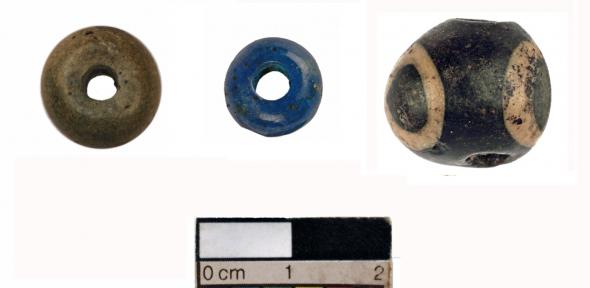
Glass beads thought to have been from a necklace. Photo: Cambridge Archaeological Unit (CAU)
One of the most intriguing aspects of this site is that – just like the Mary Rose ship, sunk over two millennia later – it gives us a rare glimpse into a specific moment in time, when people’s lives were disrupted. What we see is a prosperous and well connected farming community, whose pottery and exquisite glass beads suggest links with the Continent. We see their range of ceramic vessels, from fineware used to serve food, to large storage pots. Traces of their clothing survive as charred fragments of woven plant-fibre threads. Wooden objects abound. The inhabitants used bronze sickles to harvest grain and bronze spearheads and swords as weapons. We know what they ate, not just from the cooked and stored remains found in pots but also from abundant bones, cereal grains and seeds – and even from perfectly preserved coprolites (excrement, either human or animal). The level of detail that can be discovered about everyday life is truly astonishing.
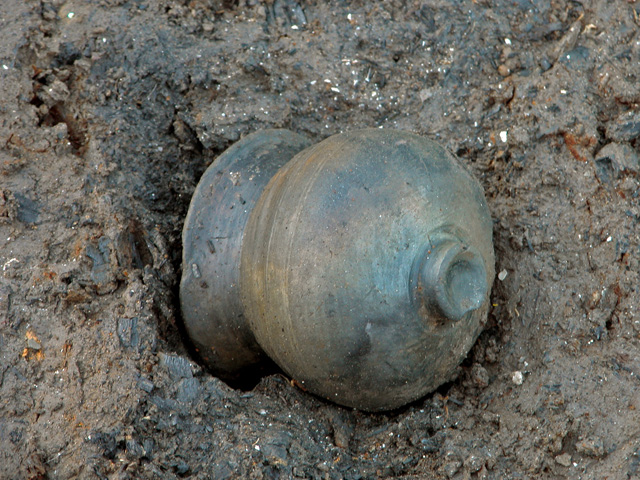
Late Bronze Age ‘poppyhead’ cup, discovered at Must Farm, Cambridgeshire. Photo: Cambridge Archaeological Unit (CAU)
As if this were not enough, there is also evidence that before the platform settlement was built, there had been a probable causeway, built of sturdy oak uprights felled between 1290 BC and 1250 BC. This is remarkably similar to a slightly earlier Bronze Age causeway found just a mile and a half away at Flag Fen, during excavations by Francis Pryor in the 1980s.
And there’s more: excavations in 2011 by CAU deep in the peat in the old river channel at Must Farm revealed nine perfectly preserved Bronze Age logboats, along with fish traps and many bronze swords and spears.
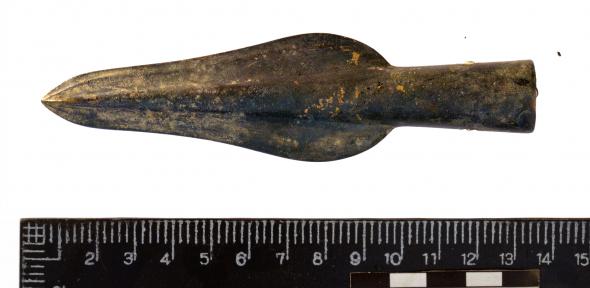
A spearhead from the 2006 excavation. Photo: Cambridge Archaeological Unit (CAU)
The CAU Must Farm excavations are an outstanding example of developer-funded archaeology at its best. The project uses the latest technology to create 3D models, and its commitment to the instant dissemination of high quality information to a worldwide audience through Facebook, Twitter, and its superb website means that a hungry public can keep track of each new spectacular discovery within hours. A fine exhibition is also planned.
Of course, excavation is only the beginning: the enormously costly task of conservation, specialist identification of the finds and academic publication will occupy the team for many years to come. And the big question remains: what caused the catastrophic conflagration? Was the settlement attacked? But for now, we can all enjoy the luxury of seeing a spectacular Bronze Age site emerge, without having to get cold and wet with the heroic archaeologists.
Unlimited access from just $16 every 3 months
Subscribe to get unlimited and exclusive access to the top art stories, interviews and exhibition reviews.

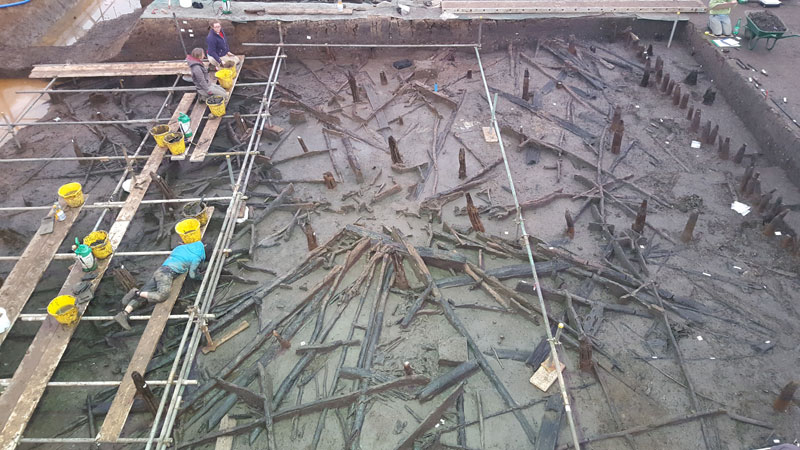
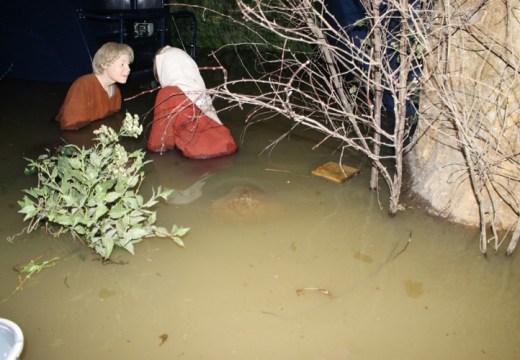
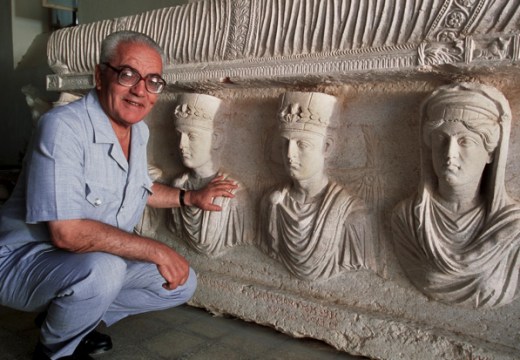
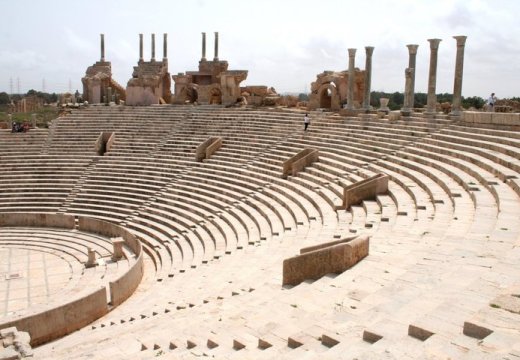









![Masterpiece [Re]discovery 2022. Photo: Ben Fisher Photography, courtesy of Masterpiece London](http://www.apollo-magazine.com/wp-content/uploads/2022/07/MPL2022_4263.jpg)
It’s time for the government of London to return to its rightful home